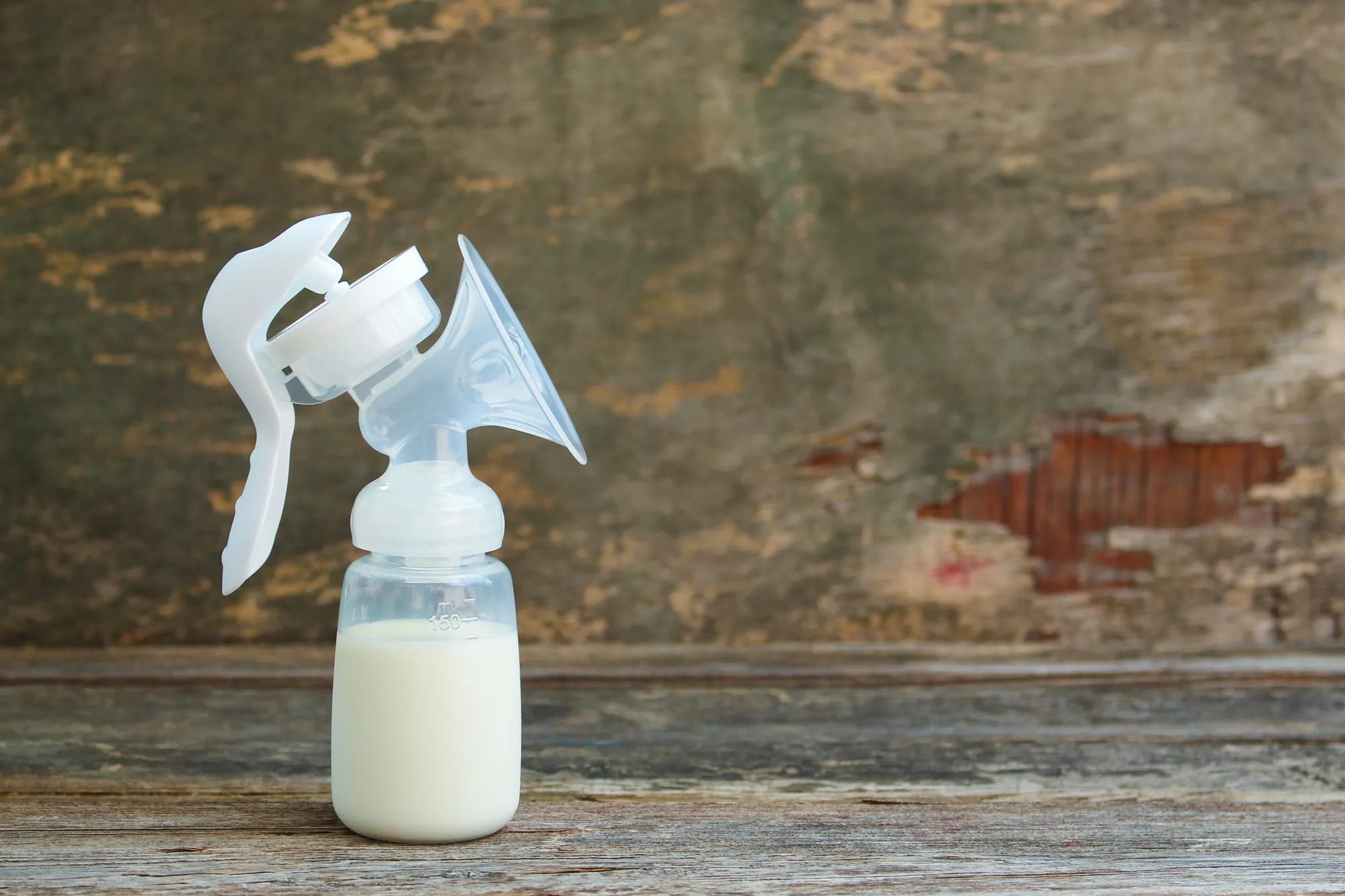Accueil
Pregnancy, Breastfeeding, and Pumping: The Ultimate Guide for Moms
How Much Breast Milk Should I Be Pumping: A Comprehensive Guide

How Much Breast Milk Should I Be Pumping: A Comprehensive Guide
Pumping breast milk can be a daunting task, especially for new mothers who are unsure about how much they should be producing. The amount of breast milk you should be pumping depends on various factors, including your baby's age, feeding schedule, and your own body's milk production. This article will guide you through understanding how much breast milk you should be pumping and offer tips to help you maximize your output.
Understanding Your Baby's Needs
Your baby's age and feeding habits play a significant role in determining how much breast milk you should be pumping. Newborns typically require smaller amounts of milk more frequently, while older babies may consume larger quantities less often. It's essential to align your pumping schedule with your baby's feeding patterns to ensure they receive adequate nutrition.
Factors Affecting Milk Production
Several factors can influence how much breast milk you produce, including your hydration levels, diet, stress levels, and the frequency of pumping or nursing. Staying hydrated, eating a balanced diet, and managing stress can help optimize your milk production. Additionally, the more frequently you pump or nurse, the more milk your body is likely to produce.
Establishing a Pumping Routine
Creating a consistent pumping routine can help regulate your milk supply. Aim to pump at the same times each day, ideally after or between feedings. This consistency signals your body to produce milk regularly, ensuring a steady supply for your baby.
Monitoring Your Output
Keep track of how much milk you pump during each session to monitor your output. This can help you identify any changes in your milk supply and make adjustments as needed. If you notice a significant decrease in output, consider consulting a lactation expert for guidance.
Maximizing Milk Production
There are several strategies you can employ to maximize your milk production. Ensuring you're well-hydrated, eating a nutrient-rich diet, and getting adequate rest are fundamental. Additionally, using a high-quality breast pump and practicing relaxation techniques during pumping sessions can enhance milk flow.
Adjusting for Growth Spurts
During growth spurts, your baby may require more milk than usual. Be prepared to increase your pumping frequency or duration to meet their heightened nutritional needs. This temporary adjustment can help maintain your milk supply during these critical periods.
Storing and Using Pumped Milk
Proper storage of pumped milk is crucial to preserve its quality and safety. Use clean, sterilized containers and follow guidelines for refrigeration or freezing. Label each container with the date and time of pumping to ensure you use the oldest milk first.
Seeking Support and Resources
Don't hesitate to seek support from lactation consultants, support groups, or online resources if you have concerns about your milk supply or pumping routine. These resources can provide valuable advice and encouragement to help you navigate the challenges of breastfeeding and pumping.
Understanding how much breast milk you should be pumping is essential for ensuring your baby's nutritional needs are met. By considering your baby's age, feeding habits, and your own milk production factors, you can establish a pumping routine that works for you. Remember, every mother's journey is unique, and seeking support when needed can make all the difference. Happy pumping!
Partager

